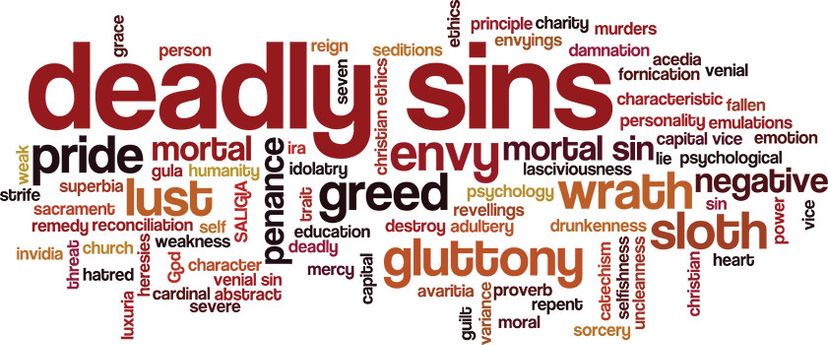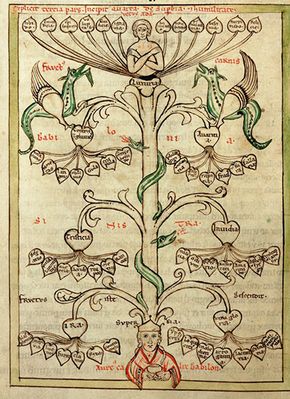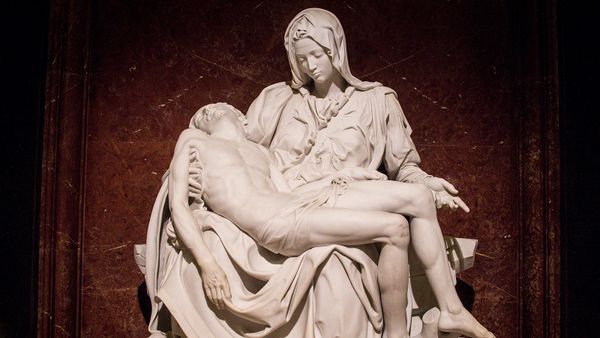Evagrius Ponticus, born in 345 C.E., gets credit as the first person to codify the seven deadly sins — or as he called them, the "eight evil thoughts," says Salomon.
Ponticus was a Christian theologian and ascetic monk who spent the last years of his life living in the Egyptian desert and surviving on a meager diet of wild herbs and spoonsful of barley. Ponticus spent his days in prayer, fasting and meditation, eschewing all unholy thoughts.
In a work called "Antirrheticus," Ponticus detailed the eight evil thoughts that lead to sin, namely gluttony, lust (not just sexual, but any intense desire for worldly things or experiences), avarice (greed), anger, sloth, sadness (depression), vainglory and pride.
Notice that Ponticus substituted sadness for envy and included both vainglory and pride. Vainglory is akin to "excessive boasting," while pride, in a religious sense, is "hubris" or thinking too highly of yourself and your abilities.
But Salomon says that Ponticus didn't write up his list of sins as a warning for everyday Christians. "His main concern was with the behavior of monks at the monastery. These were not laid out for the general public."
So this wasn't a guide to living for ordinary Christians, but for the most rigorous practitioners of the religion. It wasn't just any old "sloth," for instance, but something more like spiritual sloth.
For the seven deadly sins to really go mainstream, they needed the seal of approval of a pope.





